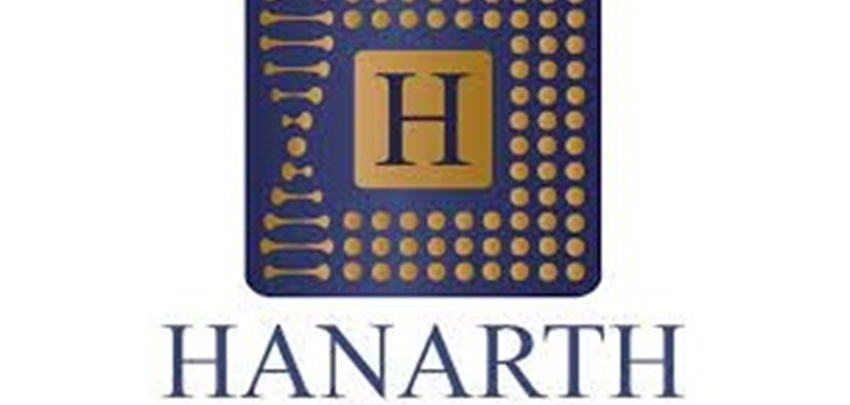We are happy to announce that researchers from our group have recently been awarded with three Hanarth fonds grant for AI applications in rare cancer.
The three awarded projects (0.5 million euro each) are:
1) Physics-informed Neural networks to standardize brain MRI: boosting AI applications in gliomas and meningiomas by Alessandro Sbrizzi and Stefano Mandija
In the field of magnetic Resonance (MR) imaging for brain tumors, a plethora of AI tools for tumor grading and contouring is theoretically available. However, these tools are trained on qualitative MRI images acquired with specific imaging settings, hence they work only when the same imaging settings are used. To overcome this limitation, we propose a technique which standardizes MRI data across systems, software, and imaging settings. Our novel MRI standardization technique will augment the MRI data training sets to enhance AI tools in the field of rare brain cancers such as meningioma and gliomas, where large standardized datasets are, at the moment, not available.
2) Improved residual disease detection after (chemo-)radiotherapy for locally advanced head and neck squamous cell carcinoma by Nico van den Berg and Mischa de Ridder
For advanced head and neck cancer, the usual treatment involves preserving organs through (chemo)radiotherapy. However, there’s a risk of about 20% of residual disease (detectable tumor) six months after treatment. Evaluating treatment response, whether clinically or with imaging, is challenging due to radiation effects mimicking tumor activity. This project aims to create an AI-based clinical decision support tool for radiologists and radiation oncologists. It will help assess tumor response and predict the risk of recurrent disease within the first two years post-treatment. The goal is to reliably distinguish between residual disease and post-treatment changes, improving the accuracy of assessing the need for salvage surgery and can individualize follow up schemes. This could enhance survival and quality of life while minimizing unnecessary procedures and reducing patient burden.
3) TowArds IndividuaLized PSMA PET/CT-guided Treatment in Metastastatic PrOstate CanceR Using Machine Learning-Derived Risk Stratification (TAILOR-MADE) by Arthur Braat, Timo Soeterik and Nico van den Berg
Hormone sensitive metastatic prostate cancer (mHSPC) can present itself in various forms regarding aggressiveness, metastatic burden and prognosis. Accurate disease classification at diagnosis is crucial for accurate treatment selection. Nowadays, PSMA PET/CT is the gold standard, with significantly higher sensitivity to detect metastasis compared to conventional CT and bone scan.Use of PSMA PET/CT instead of bone scintigraphy and CT, results in detection of additional lesions in almost two-thirds of the patients. The current dichotomous classification system, based on the location and number of metastasis diagnosed on bone- and CT scan, classifies patients to “low-volume” [LVD] or “high-volume” [HVD]. Classification to either LVD or HVD has major clinical implications, as different treatment strategies have been shown to be effective in both risk groups.
In today’s clinical routine, CT and bone scanning has been completely replaced by PSMA PET/CT. As a consequence, the currently available risk stratification system may not be generalizable to the contemporary patient population. In addition, as the mHSPC includes a very heterogeneous patient population, it is attainable that the currently available dichotomous stratification system insufficiently accounts for the heterogeneity in disease prognosis.
Therefore, a new PSMA PET/CT based risk stratification system and contemporary prognostic biomarkers are urgently needed. Not only to improve our current clinical care of men diagnosed with metastatic prostate cancer, but also to ensure the results of future trials remain generalizable to the contemporary state of practice. In addition, availability of a more robust stratification system will improve comparability of in-between trial results and assessment of possible reasons why one trial is positive but the other not. In this project we will use artificial intelligence (AI) for automatic disease segmentation in PSMA PET/CT’s, image-derived radiomics and identification of predictive features. Together with machine learning and clinical data, we intend to develop a novel AI-based risk classification for mHSPC.
For more information, see the Hanarth fonds website.
Congratulations to the recipients!

